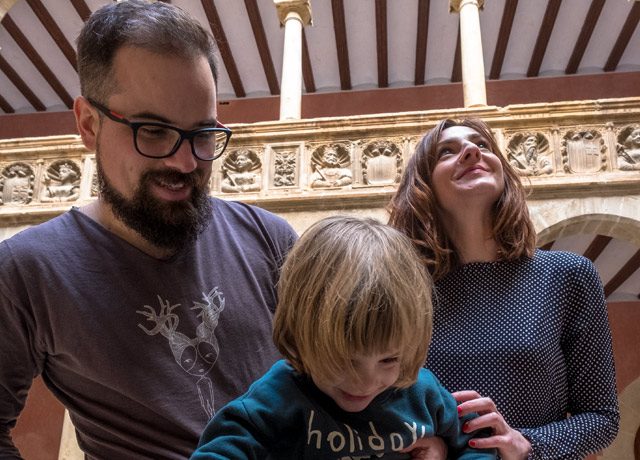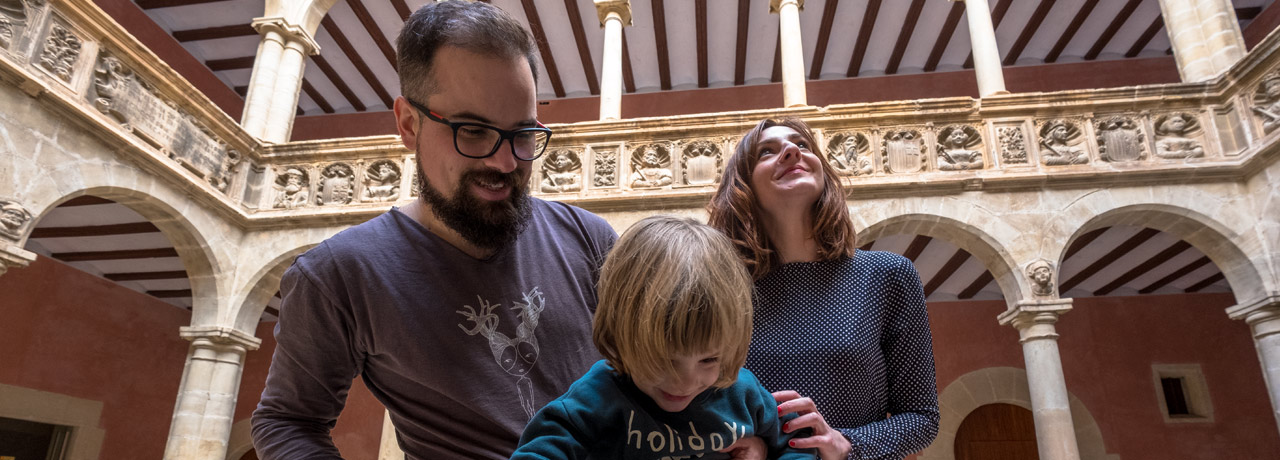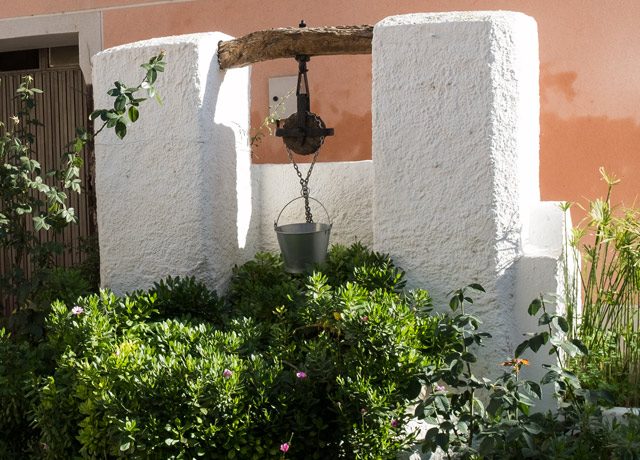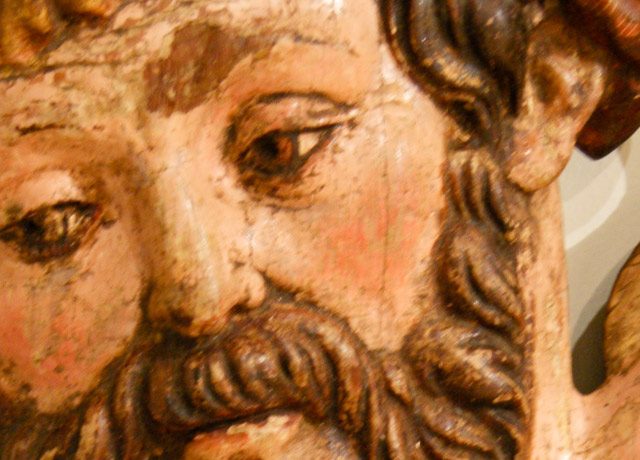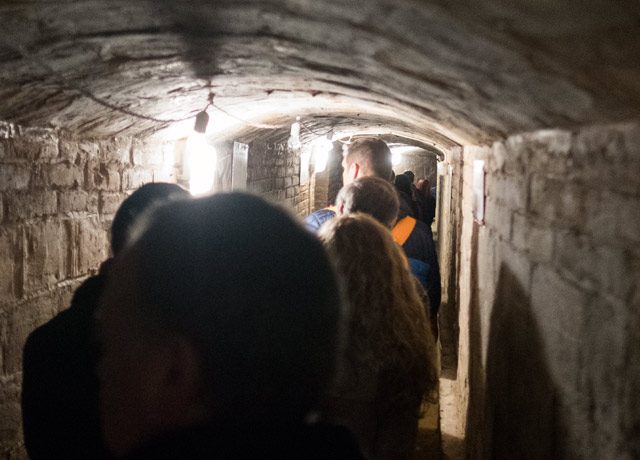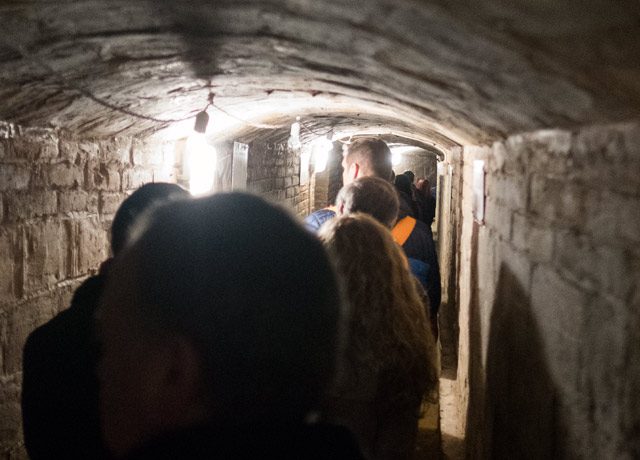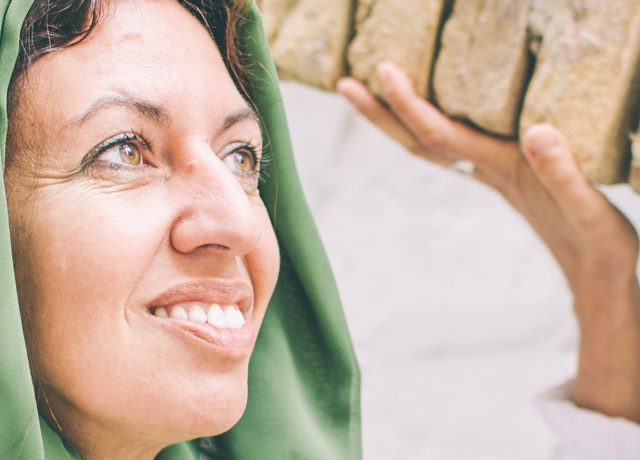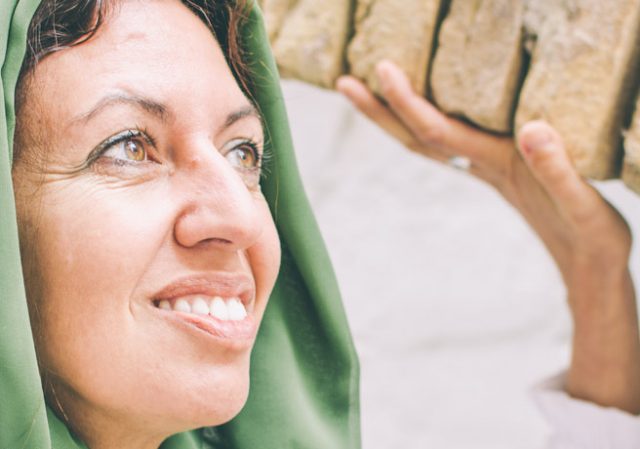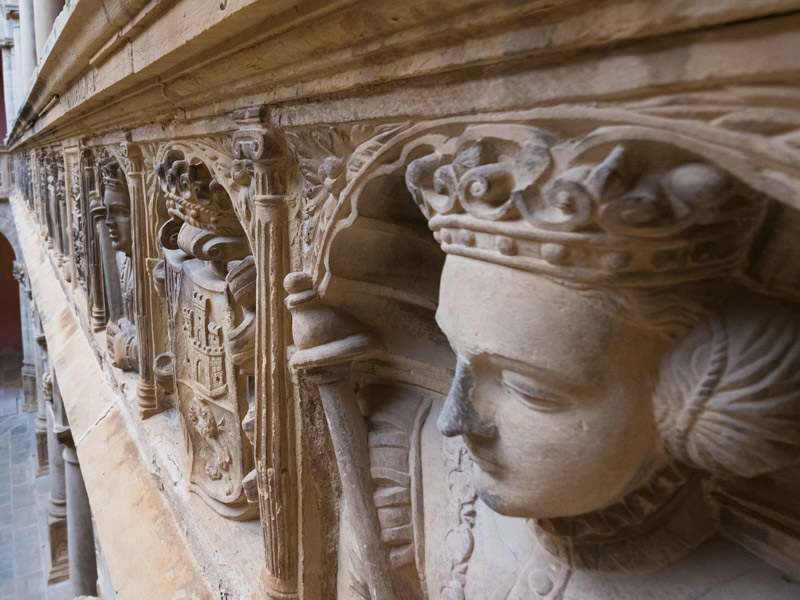Traces of past cultures
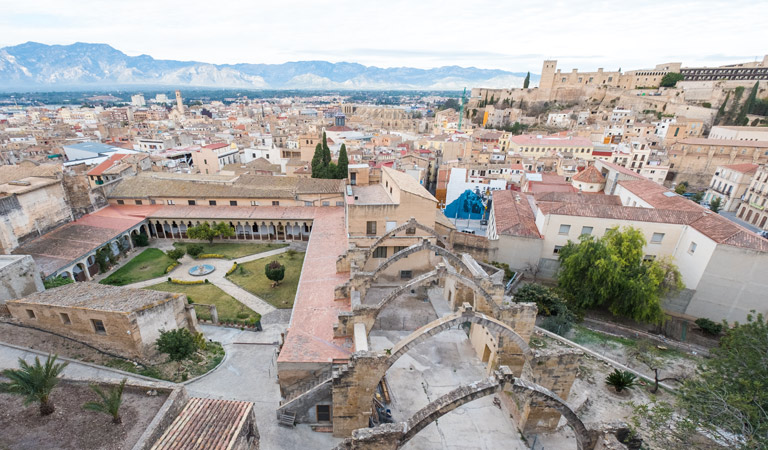
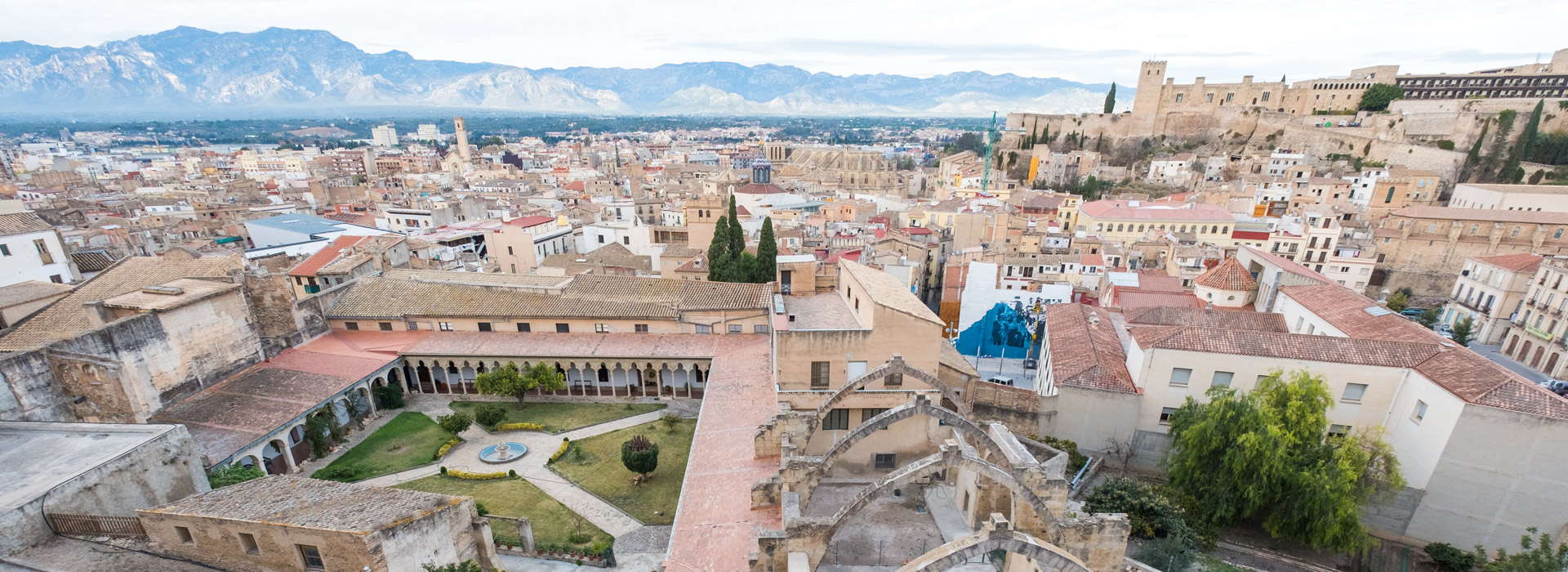
The most ancient archaeological materials of settlements that have survived intact in the ground under Tortosa date back to the 6th Century BC. This helps us to identify from what age there have been permanent settlements on the site where the city stands.
Hibera, a town mentioned by ancient geographers probably coincides with the location laying beneath the current city’s streets. The urban features of the Iberian period in the River Ebro region seem to confirm this: hills overlooking the surrounding land, being easier to defend it, as well as the site’s proximity to waterways for transit and trade.
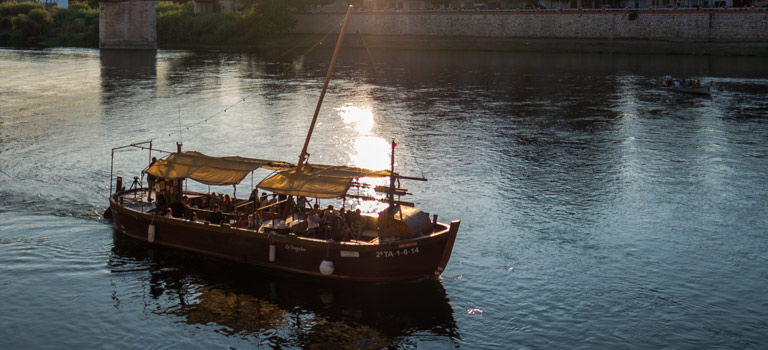

Greeks and Phoenicians
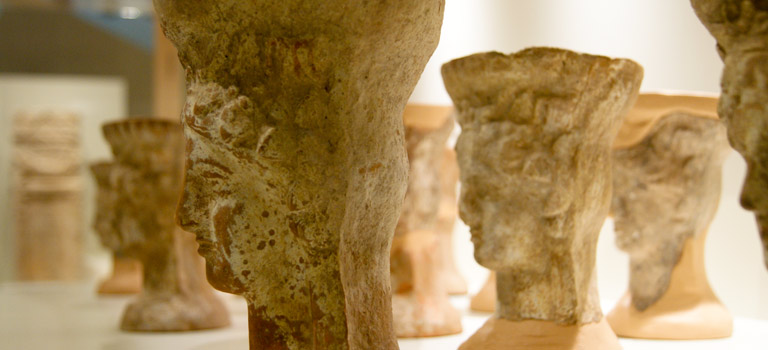

Romans
It was the Romans that gave the city its actual urban structure. It is highly likely that, during this period, the presence of a Jewish population in Tortosa was already evident, which would remain in varying degrees right up to the present day.
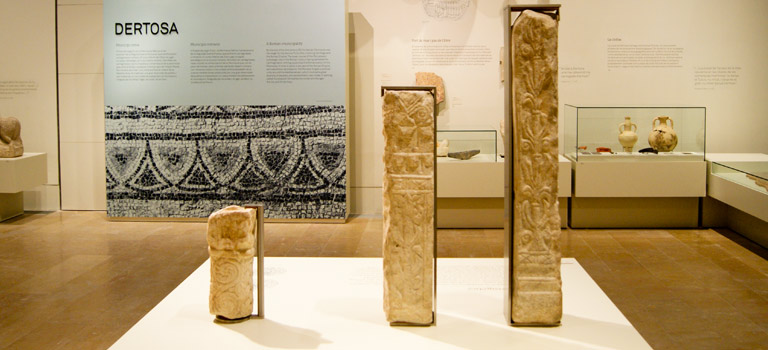

Visigoths
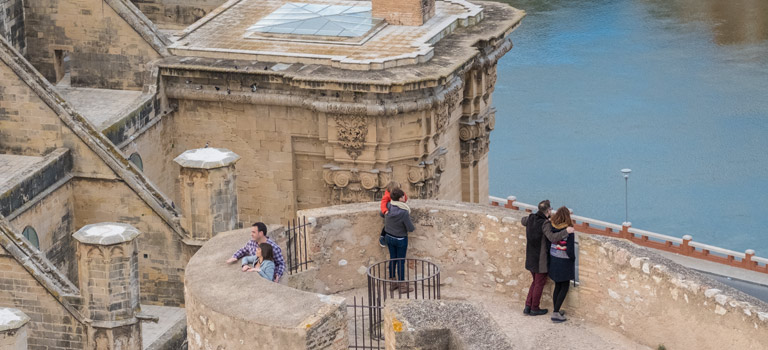

The Muslim Conquest
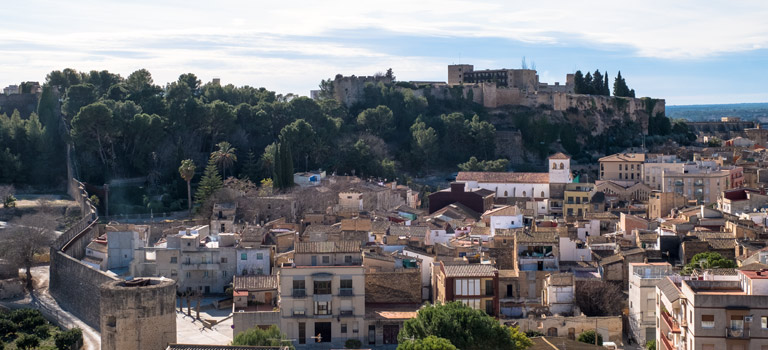

The christian conquest
The Christian, Muslim and Jewish cultures lived alongside each other in Tortosa and this cultural blend has characterized the city for centuries, with the heritage from these groups still very visible in the city to this day.
To regulate and distribute these populations and to allocate them land and resources, the two communities were granted security or franchise charters, as they were known. These charters displayed respect and tolerance, recognizing the right to practise their own religion, conserving each community’s legal system, and other guarantees and privileges. However, they had to live in separate neighbourhoods outside the city walls (in the Aljama region). The dominant Christian community settled in the old town, with the Moorish community on the other side of the Carrer de la Cortadura and the Jewish community in the walled dockyard further north. The newly arrived Christians granted them a settlement charter.
The three communities lived alongside each other in the city of Tortosa and the surrounding area relatively peacefully for centuries.
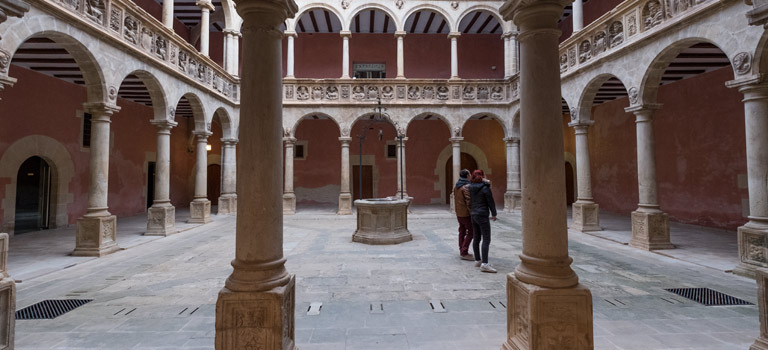

The Royal Colleges
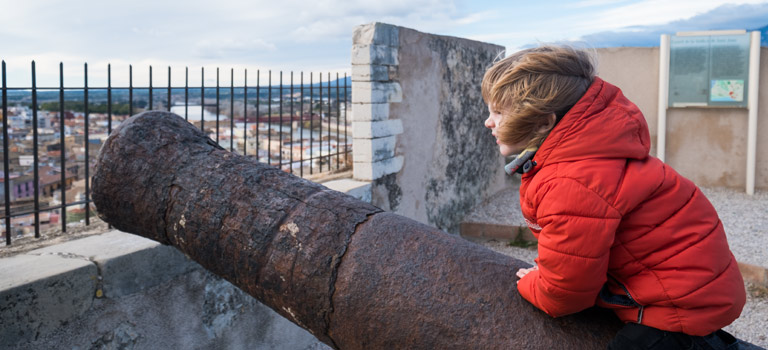

Crossroads of regions
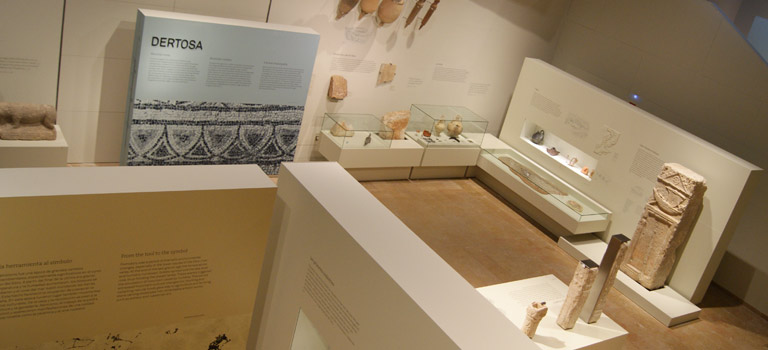

The Museum of Tortosa
From the Islamic age, the Museum also displays several works of pottery, as well as the founding stone of the dockyards in the 10th Century, which can be seen in the Tortosa Cathedral’s permanent exhibition. There is a copy on the side wall of the Cathedral grounds, next to the Plaça de l’Absis.
From the Christian era, the most representative exhibits are the settlement charter of 1149 and the famous ‘Llibre de Costums de Tortosa’ (Book of Customs of Tortosa).
The historical legacy
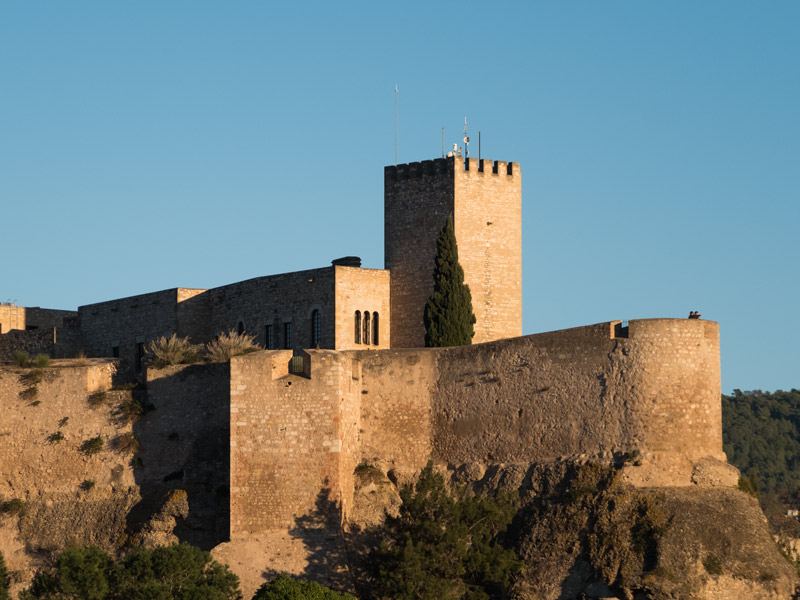
The castle of the Suda
Always guarding, from time immemorial, the city has been defended. It is the best viewpoint in the Ebro valley on the way to Tortosa
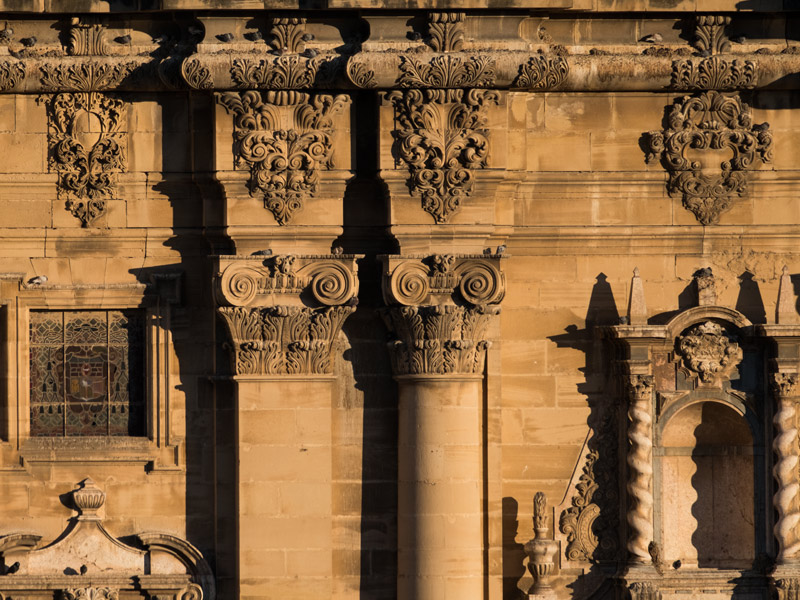
The Cathedral
The most significant building, a work of art inside and out that is a true handbook of art
